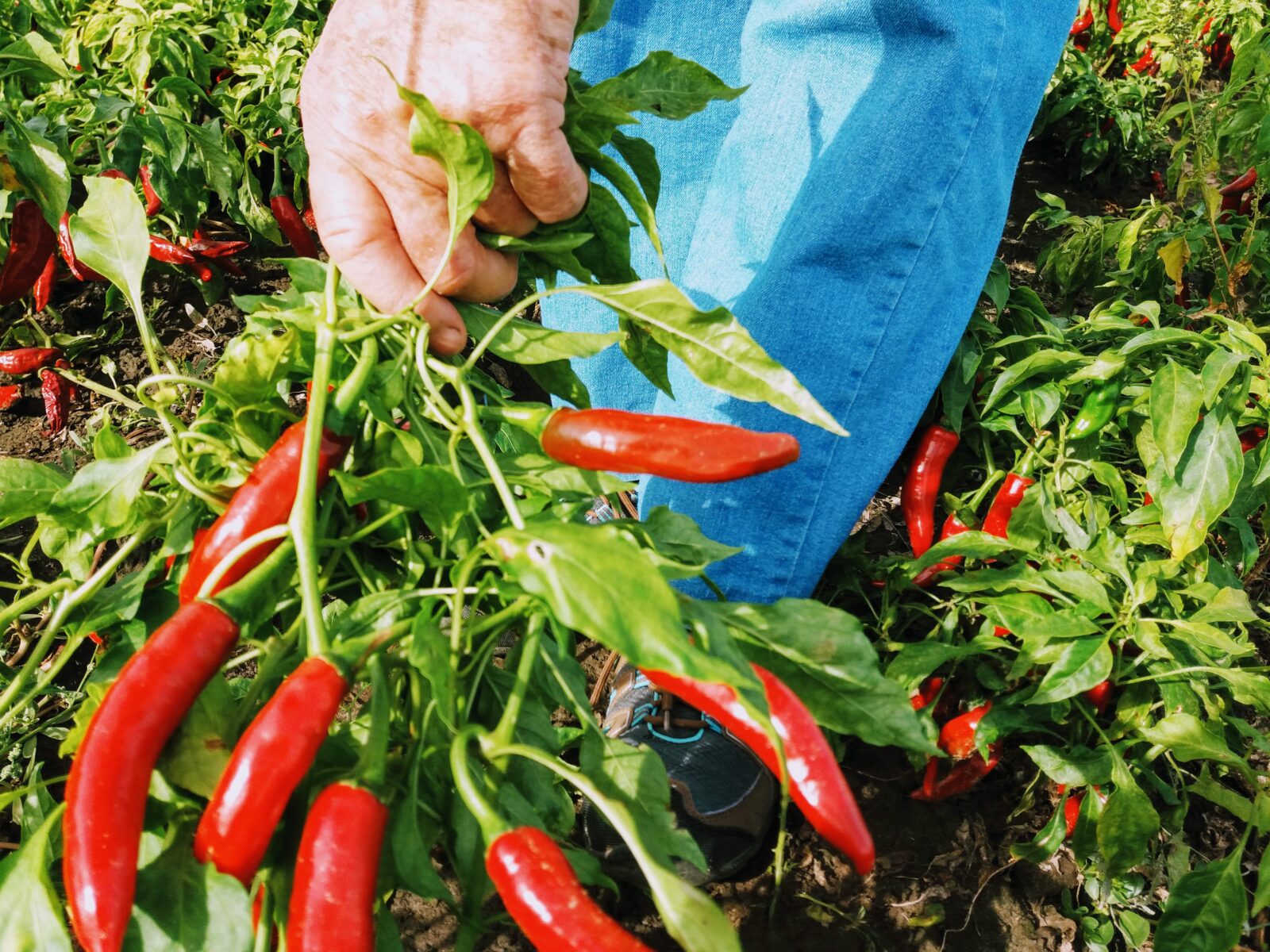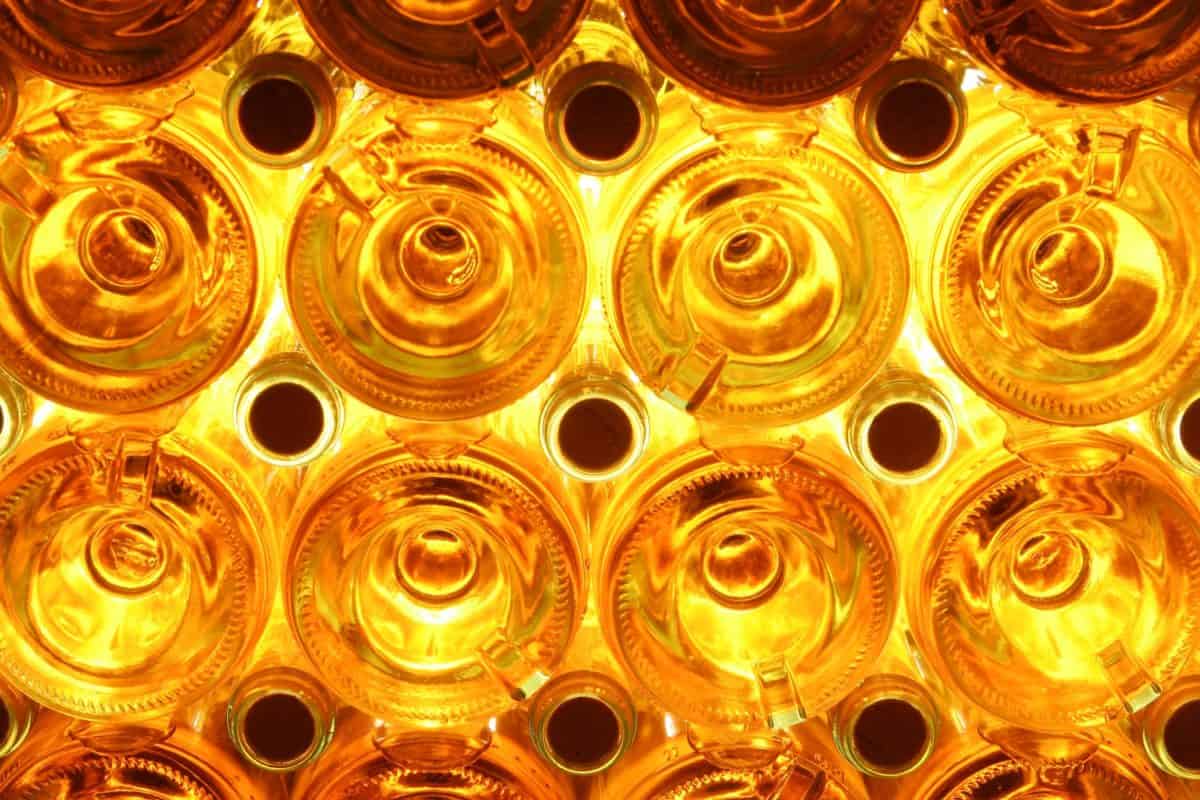Wine Guide
History of Hungarian Wine
Hungary has been a wine-producing country for centuries, and Hungarian wine was coveted throughout Europe in the Middle Ages. So where are the wines today?
Winemaking in Hungary has a long, long tradition. As the Roman Empire spread to the territory of modern-day Hungary, the brought wine grapes with them, roughly two thousand years ago. By the Middle Ages, Hungary had become a major wine exporter. Especially the sweet wines from Tokaj became popular in the royal courts of Europe, and Tokaj was the second wine region in the world to be classified by quality in 1731. Winemakers in Tokaj often quote Louis XIV of France, who called it “the king of wines, the wine of kings.”

Yet today, good Hungarian wine is hard to find outside of the country. So what happened? Well, Hungary, including its winemaking, had a pretty rough time in the last century. First, the phylloxera outbreak of the late 19th century decimated the country’s vineyards. Shortly after, Hungary entered and lost World War I, with the Great Depression following closely after. A few decades later, World War II devastated the country and its vines.
If this wasn’t enough, all this devastation was topped off with another 40 years of communist rule, during which small wineries were forced to merge into large state-owned wine factories, which focused solely on producing as much quantity as possible. Even in these difficult times, some winemakers managed to keep some of their best grapevines and continued to look out for them, and even the industrially made wines were usually a notch above other wines produced in the Eastern Bloc, but the quality wine production basically dried up.

After 1989 and the end of Communism, the Hungarian wine scene burst alive with new energy. Winemakers began to rediscover their wine regions, grape varieties and traditions, as hundreds of old and new wineries sprung up all over the country. They were ambitious pioneers, but they had a lot of catching up to do.
Much of the next 20 years were spent rebuilding wineries, replanting grapes and bringing Hungarian winemaking up to date with today’s standards. The first truly good wines already appeared in the mid-90s, especially in the Villány region. But the biggest steps forward have only happened in the past couple of years, as a new generation of young winemakers has grown up.
Many of these winemakers have traveled the world and studied at some of the best wineries worldwide, and have come back to Hungary with an open mindset, willing to experiment and try new techniques, combining modern technology with thousand-year-old traditions. They are paying attention to local traditions, grape varieties and wine styles even more than their parents, and many of them are moving towards natural and organic techniques. this generation is slowly taking the helm at many small Hungarian wineries, and they have already produced some stunning wines in recent years, putting Hungarian wine back on track to regain the popularity it once had.

Why do Hungarian soils make good wine in the first place?
To answer this, we have to go back in time a little. Because once upon a time, Hungary had a sea. Actually, most of Hungary itself was a sea. 10 million years ago, the Pannonian Sea covered most of today’s Hungary, and after it dried out just around 500.000 years ago, it left lots of minerals and nutrients in the soil.
Oh and did we mention all the volcanoes? Hungary is and was a hotbed of geological activity, with volcanoes spewing layers of lava over millions of years, creating mountain ranges with rich volcanic soils. (Besides great vineyards, you have this geothermal activity to thank for the thermal baths in Budapest and around the country.)

The country is also located in just the right spot: grapes get a good amount of sunshine without it getting too hot. Many of Europe’s major mountain ranges border Hungary, from the Alps to the Tatra and Carpathian mountains, while the Balkans start just to the south. Just like most of the world’s best wine regions, the major regions in Hungary are located on hills or inclines next to major rivers or lakes, such as the Danube, the Tisza or the Bodrog rivers and the Balaton (Plattensee) and Fertő lakes (Neusiedlersee).
So where is all the good Hungarian wine today?
You might have just read the previous paragraphs and now you’re thinking, “If Hungarian wine is so great, why isn’t it in any stores?” The main reason for this is that most Hungarian wineries that produce good wine are very, very small. The average size of a winery is somewhere between 10 and 50 hectares, and some of the best winemakers have only 5 hectares or less. (One hectare is one hundred square meters, roughly the size of a football field.) Apart from a few exceptions, the only wineries with a large enough production to focus on selling wine abroad are the former state-owned wine cooperatives, whose quality of wines is often lacking.



 Deutsch
Deutsch

